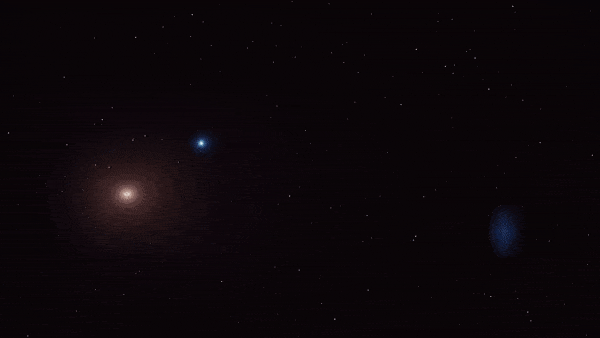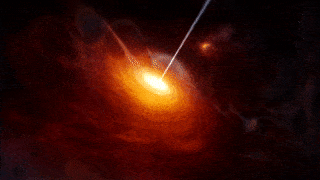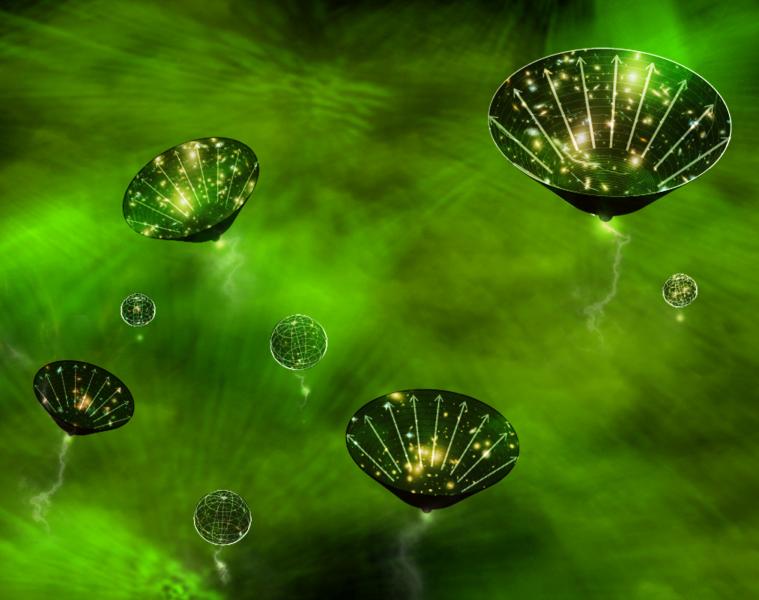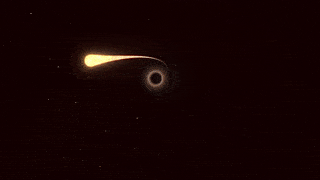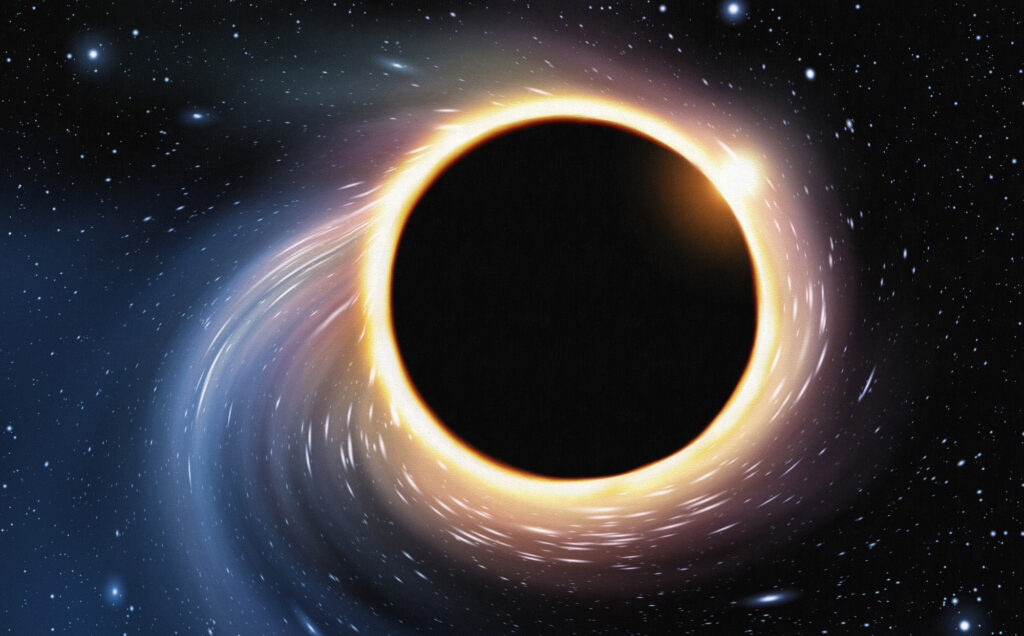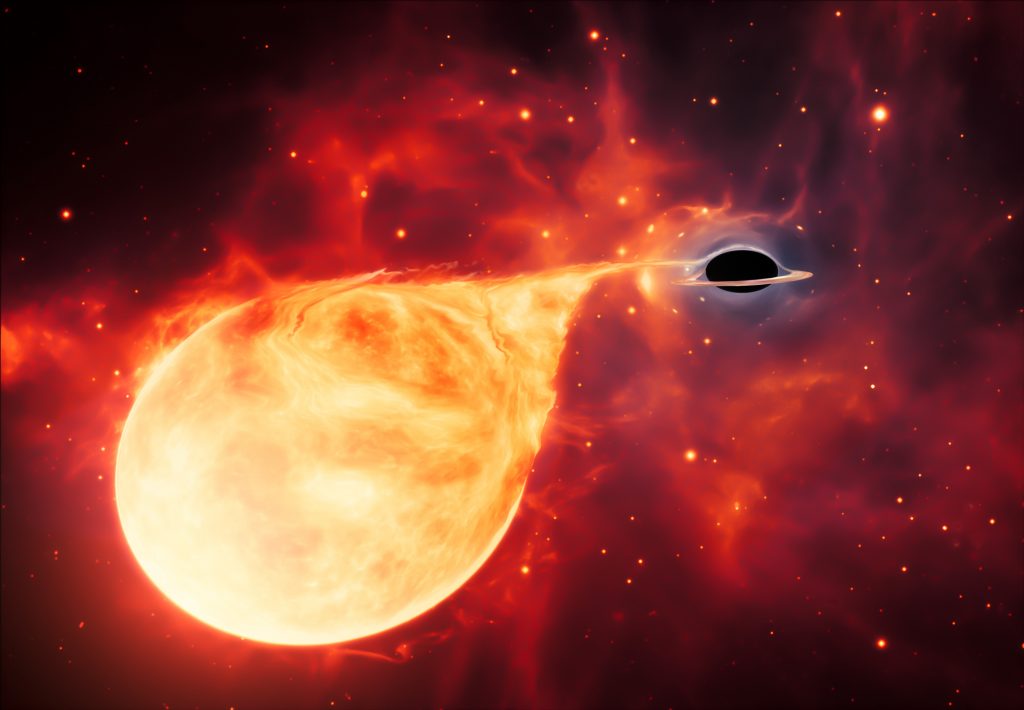When a star rips apart …
... a muon deep under the ice of Antarctica creates a trace in a gigantic detector. The muon was created because a high-energy neutrino interacted with an atom in the detector. The neutrino began its journey about 700 million years ago, around the time the first animals evolved on Earth. That's the travel time it took for the particle to get from the distant, unnamed galaxy (cataloged as 2MASX J20570298+1412165) in the constellation of The Dolphin to Earth. It occurred as a result of "AT2019dsg." This is what astronomers call an event in which a star was ripped apart…
